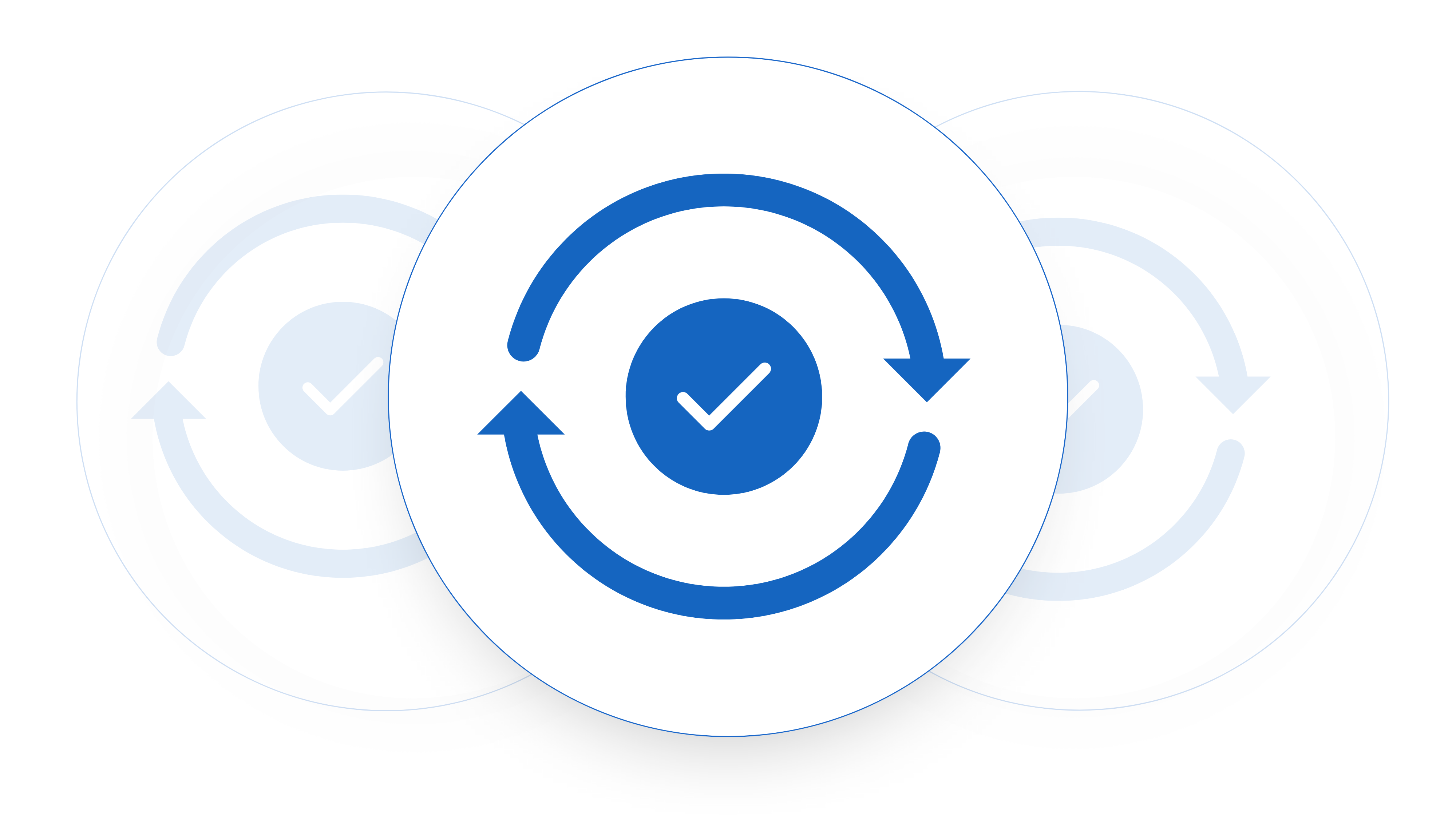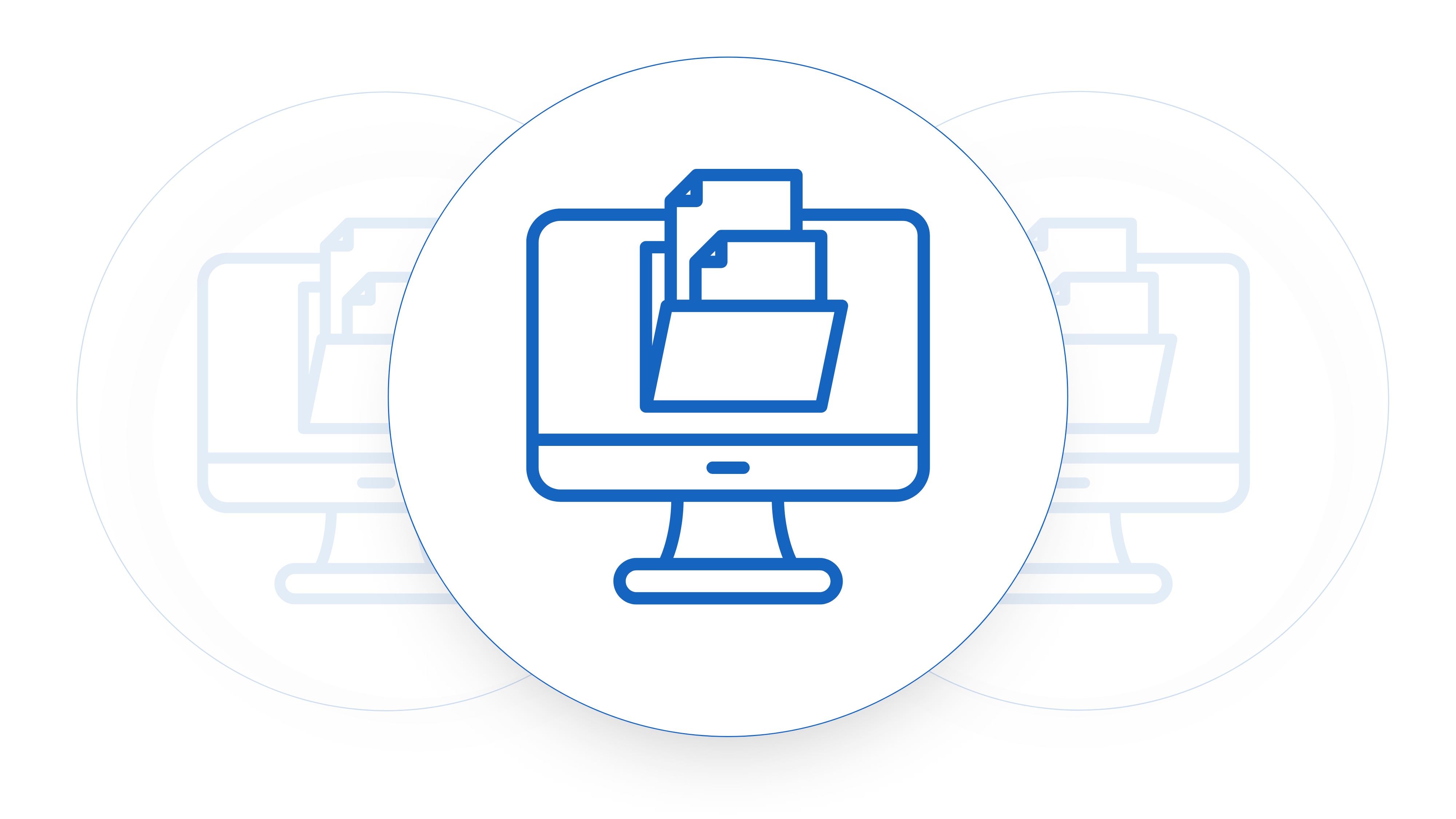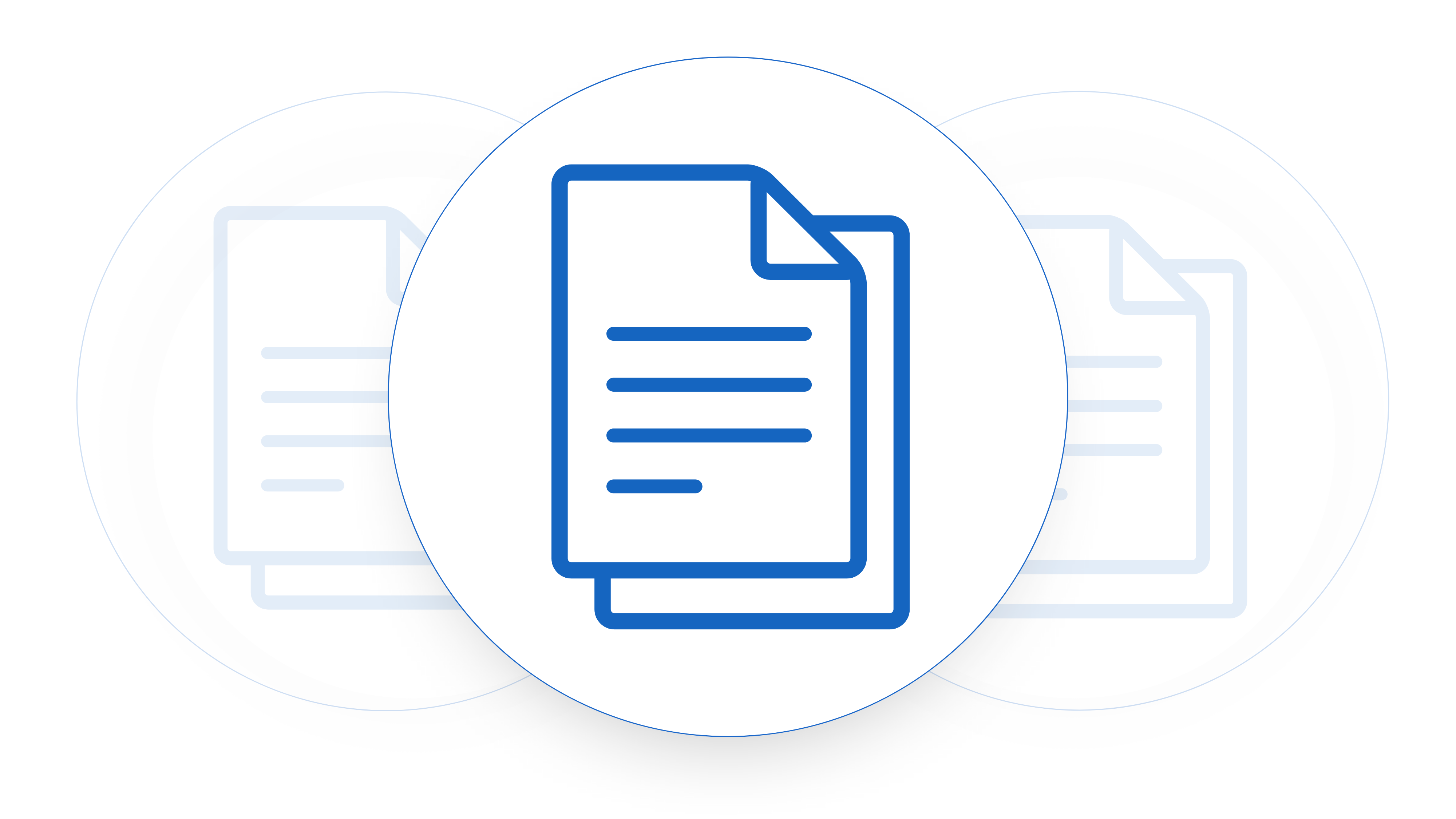Breif Context
The accelerating pace of growth that VC’s expect of Software as a Service (SaaS) businesses forces startups to grow at a breakneck speed. Knowing how to creating important processes, such as contract review processes will help you scale fast. As you scale any B2B business a critical aspect of SaaS transactions is the sales contract, which governs the rights, responsibilities, and obligations of each party involved. Due to the complex nature of these contracts, organizations need a systematic contract review process. Here’s a guide on how to develop an effective contract review process for your SaaS sales contracts.
Step 1: Create a Standardized Contract Template
A standardized contract template provides a starting point for negotiations and prevents overlooking key terms. This template should include provisions relating to service level agreements (SLAs), data security, data privacy, termination clauses, and dispute resolution, among others. Consult with a lawyer experienced in SaaS contracts to include all necessary clauses and ensure compliance with current regulations.
Step 2: Assign a Dedicated Contract Review Team
To maintain consistency and foster expertise, form a dedicated contract review team. This team, which could consist of individuals from legal, sales, and finance departments, will be responsible for reviewing and approving SaaS sales contracts. Providing specialized training to this team on SaaS agreements and applicable laws can also be beneficial.
Step 3: Develop a Contract Review Checklist
An excellent tool for ensuring a thorough examination of all critical contract elements is a contract review checklist. The checklist should include items like contract value, renewal terms, data rights, liability limitations, warranties, indemnification, and more. This tool will make sure the review process doesn’t miss any important elements.
Step 4: Implement a Contract Management Solution
A contract management solution can automate the process of contract review, thereby reducing the time and resources required. These solutions can track important dates (like renewal dates), flag unusual terms or conditions, and store contracts securely for easy retrieval. Finding a solution for these issues as you scale will help you avoid the risks of poor contract management. Seek a solution that you can customize to meet your organization’s unique needs.
Step 5: Regularly Update the Review Process
The legal and regulatory environment for SaaS is continually changing. As such, it is vital to regularly update your contract review process to stay aligned with these changes. Regularly reassess your contract templates, review checklist, and team training to ensure they are current and effective.
Step 6: Involve Key Stakeholders in the MSA Review Process
Involve key stakeholders, such as product managers and customer success representatives, in the contract review process. Their input can be valuable in understanding the practical implications of contract terms and ensuring that contracts align with the organization’s strategic goals.
Step 7: Audit your Process
Regularly auditing your process is critical to its continuous improvement. Analyze performance metrics like contract turnaround time and contract dispute rates to identify areas where your process could be more efficient or effective.
A systematic contract review process is critical in managing SaaS sales contracts. By developing a process that includes standardization, a dedicated team, a comprehensive checklist, technology, regular updates, stakeholder involvement, and audits, your organization can ensure contracts are robust, compliant, and aligned with your strategic goals.
Redline What Matters
Raise Changes For Approval To Turnaround Contracts Faster
Useful Tools to Use For a Contract Review Process
Streamline and enhance the efficiency of the process of reviewing SaaS sales contracts with the right tools. These tools not only manage the volume of contracts but also correctly interpret and enforce key clauses and terms. Here are some useful tools for reviewing SaaS sales contracts:
1. Contract Lifecycle Management (CLM) Software:
These tools allow companies to manage contracts from inception to renewal. They offer a centralized repository for all contracts, automate reminders for critical dates, and provide reporting and analytics capabilities. Contract Sent is a great example of a contract lifecycle management tool.
2. AI-Powered Contract Analysis Tools:
AI tools like LawGeex, Kira Systems, and ThoughtRiver can speed up the review process by automatically identifying and flagging important clauses. They can even compare contract clauses to your predefined policies, significantly reducing the time taken for contract review.
3. E-Signature Tools:
Tools like Adobe Sign or DocuSign allow for digital signing of contracts, which can significantly expedite the contract execution process, saving time and reducing the need for physical paperwork.
4. Document Collaboration Tools:
Platforms such as Google Docs or Microsoft Teams enable real-time collaboration, allowing multiple team members to review and edit contracts simultaneously.
5. Project Management Tools:
Contract reviews often require input from different departments. Tools like Asana, Trello, or Jira can help keep everyone on track and ensure that all stages of the review process are completed in a timely manner. But there are also a lot of drawbacks of using tools like these and they are very limited in their ability to scale and track contract data. Often tools like Contract Sent are better set up for this level of contract management.
6. Compliance Management Tools:
For businesses operating in regulated industries or multiple jurisdictions, compliance management tools can be helpful. These tools, such as NAVEX Global or LogicGate, can track changes in relevant laws and regulations, ensuring your contracts remain compliant.
7. CRM (Customer Relationship Management) Systems:
Integrating contract review with CRM systems like Salesforce or HubSpot allows for a more holistic view of customer relationships, as contracts are a key element of those relationships. Although it’s often a bit of a hack to get these things into your CRM and can be the cause of a lot technical debt as your contracting changes overtime. Those fields that you wanted to capture in the beginning of your set up may cause scaling trouble later on.
Remember that the specific tools you need may depend on your organization’s size, complexity, and specific needs. Always consider your unique requirements and conduct a thorough review before choosing any tool or software. Contract Sent has been created for businesses from their MVP up till their Series B.











